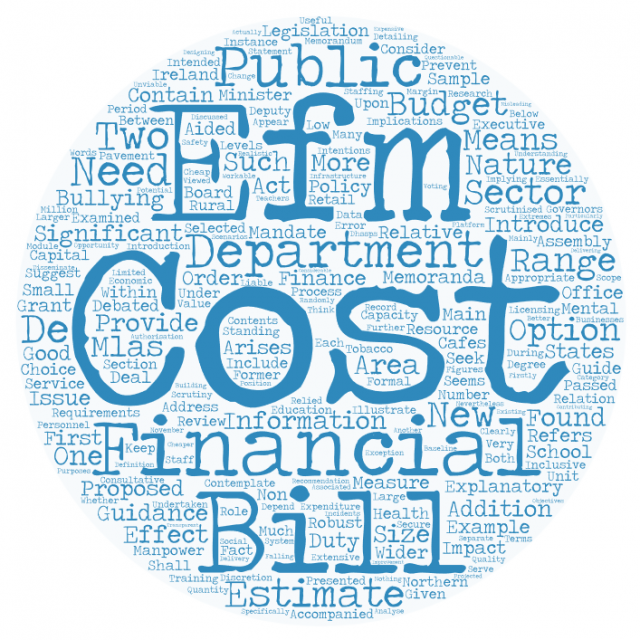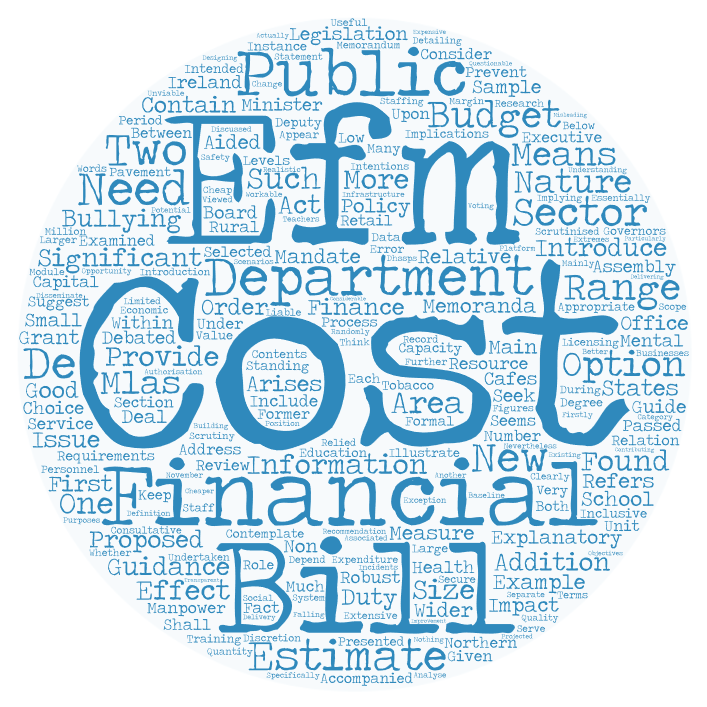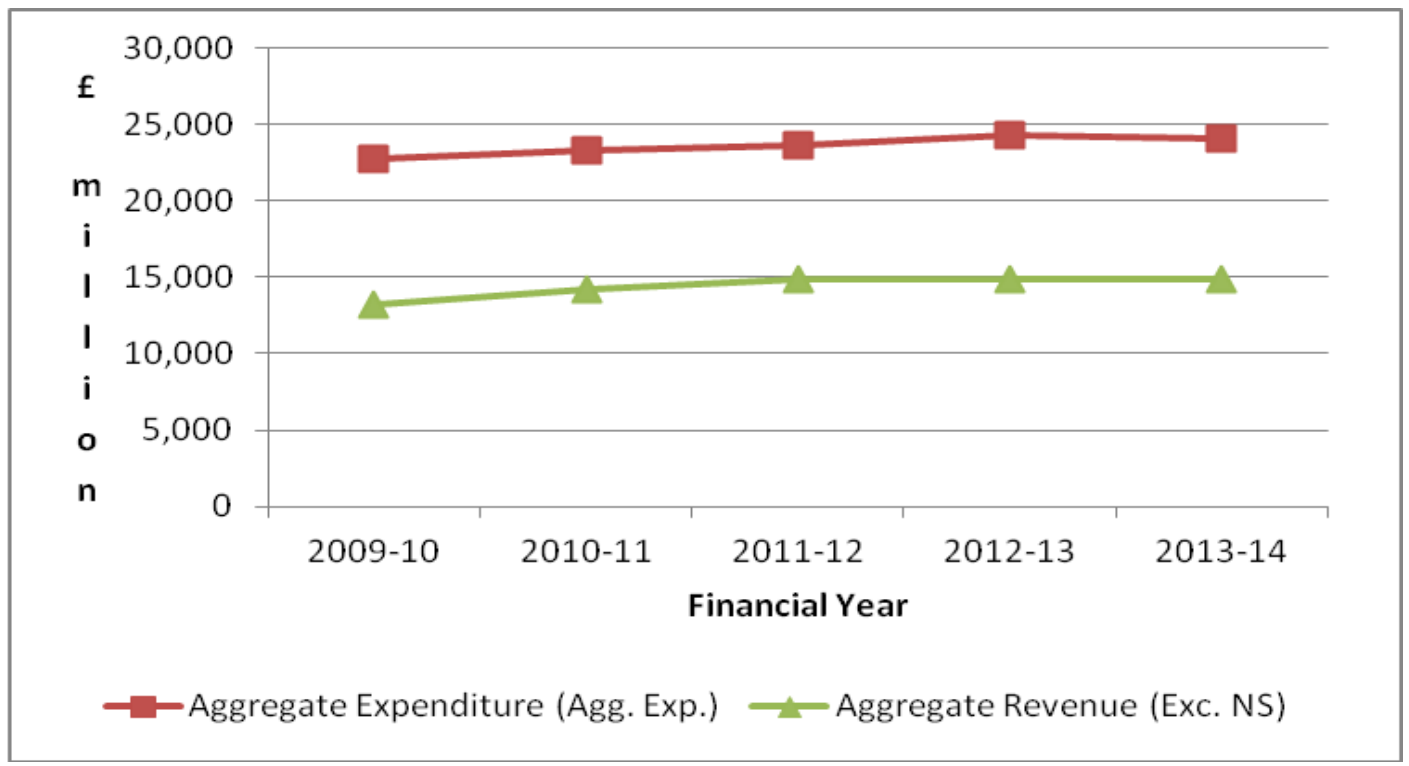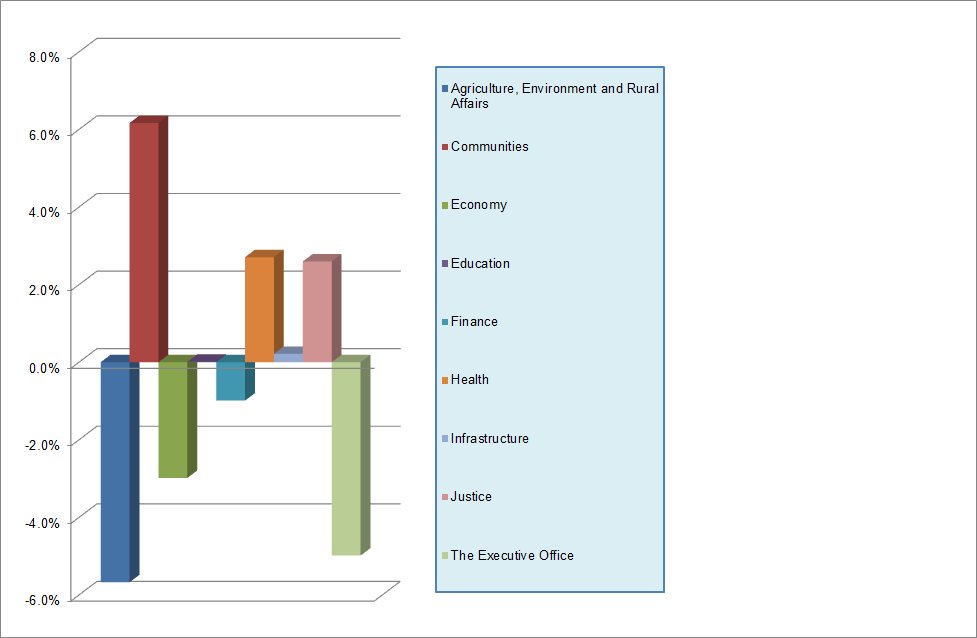How good are Northern Ireland’s Explanatory and Financial Memoranda?
In the 2011-16 Assembly Mandate, MLAs debated, scrutinised and passed a range of legislation across a number of policy areas – from Mental Capacity to Licensing of Pavement Cafes, from Tobacco Retail to Rural Needs. When a Bill is introduced in the Assembly, it is accompanied by an Explanatory and Financial Memorandum (EFM). The EFM is essentially a guide to understanding the policy intentions and the cost of a proposed measure. But how useful are these EFMs?
 Read More »How good are Northern Ireland’s Explanatory and Financial Memoranda?
Read More »How good are Northern Ireland’s Explanatory and Financial Memoranda?




